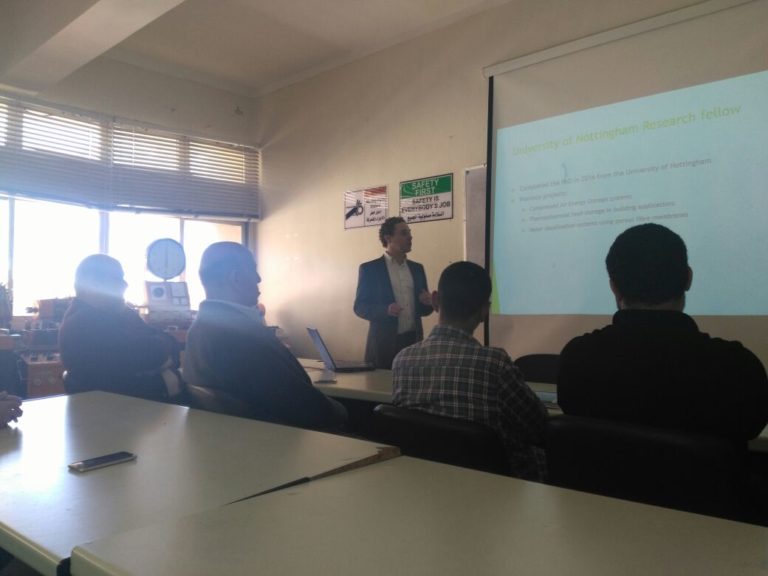Impact.

Many towns and villages in Egypt have limited access to water, and in many cases people rely on contaminated water, costing hundreds of lives annually. The Egyptian population grows by 1.8 million annually, while the annual quota of Nile water allocated to Egypt remains at 55 billion cubic meters (BCM) since the 1959 Nile Water Agreement, the current water requirements for different sectors are in the order of 79.5 BCM/yr.
The current Egyptians water share per capita is 660m3 only; below the international standard limit of water poverty of 1000 m3. Following the construction of the Ethiopian Renaissance dam which is set to impact Egypt’s Nile water quota and further limit water supply in the country side. This will incur further loss of up to 30% of Egypt share of Nile water and nearly a third of the electricity generated by its Aswan High Dam.
The subsequent wave of sufferers will be farmers, again one of Egypt’s already poorest segments, as estimates of the ensuing agricultural land loss stand at 60%. This also means the loss of major export products, with all that entails of further job losses and poverty. Egypt has a record high fuel deficit, one problem of having large-scale gas-fuelled desalination and treatment plants. Using solar energy can ease this situation by capitalizing on Egypt’s abundant solar sources as well as seawater and underground brackish water.

